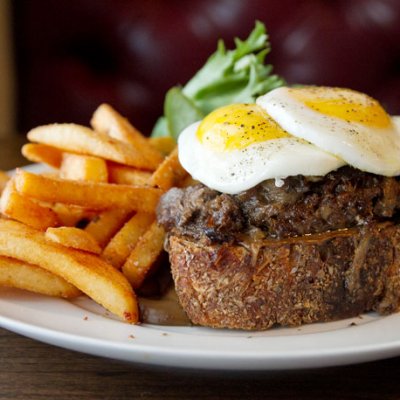
How to manage restaurant menu food costs to maximise your profit
There are many costs incurred in the running of a restaurant and the two major costs are food and wage costs. This article focus’s on food costs and the negative effect they can have on a food service operation if not very carefully managed. Missing out on the targeted food gross profit percentage by just 5% in a month certainly will have a knock on effect when it comes to the bottom line on the profit and loss account. If there are consecutive months of a poor gross profit percentage it is nearly impossible to make the loss up over the rest of the year due to the fact that most restaurants work on such tight margins.
In this article I will explore some of the pit falls that at Harris Restaurant Consultants we come across on a regular basis.
Poor Stock Management
Poor food management can have a massive negative influence on the profits of a food service operation. Some of the areas to look out for are:
- Food must be bought from a reputable supplier.
- The food that arrives must be fresh and in good condition.
- Ensure that there is a lengthy use by date on all food items.
- Make sure that the food production team rotate the stock based on FIFO (First In, First Out) stock management.
- Monitor the kitchen team to guard against over production.
Check Suppliers
On occasion, there can be miscommunication with suppliers. What a restaurant ordered; what is delivered and what is invoiced can sometimes be very different. By weighing meat, fish and vegetables when delivered to ensure that the restaurant is not being short changed is a very simple and quick way to help protect your gross profit.
Cost the Menu
It is amazing how many operators produce menus and have little or no idea of the profit that each dish will return. Chefs who have been in the business for many years say they have a “feeling” for the GP of a dish. To some degree this is completely true and the more experience a chef has, the more likely they are to be right. However as a restaurant owner can you afford to trust a chef on feeling when the slightest mistake potentially loses you money?
At Harris Restaurant Consultants we strongly advocate the creation of a theoretical gross profit percentage for the operation. In theory, what gross profit will your menu deliver? Once this is known, the theoretical can be compared to the actual to ensure that there is parity.
Portion Control
This is relevant across the whole menu. Over portioning can cost a food business a fortune. If your chef portions his/her own meat, it is well worth checking to see if they are portioning correctly. If a restaurant sells 200 steaks in a month and it is portioned incorrectly by being 25g over on every portion, then that is 5kgs of meat per month which at £20 per kg is a loss of £100. Portioning also applies to salad, chips, rice and any other food item that gets placed on a guests plate. Ways to solve this is to have meat portioned by the butcher who is greatly more experienced in accurate portioning. Use spoons and scoops that have been measured to the exact size required.
Time consuming Processes Cost Money
It is a lovely idea for operations to make everything in house and many use the fact that ice cream, bread, sorbets etc. are made on the premises as a USP. However, there is a cost implication to doing this and not only in the cost of the ingredients. There is labour and the cost of the machinery.
Theft
Although we hate to think that staff steal, it is a fact of life that this does happen in the catering industry and theft alone can be the single most costly issue in a restaurant. Having the most costly proteins portioned by suppliers makes control easier. As does having security measures in place like CCTV and spot checks. (You must be very careful when it comes to bag checks and ensure the most up to date HR protocol is followed.)
Skills Training
A lot of wastage can be caused by staff who are not experienced enough for the tasks they are set to do. It is important to set tasks for chefs according to their experience and skill level and this is not just in the prep work they do but also during service time. It would be unwise to have a new chef on the grill section unless they are supervised. Having dishes come back from the guest because they have not been cooked properly will definitely impact your gross profit as more often than not, a new dish will have to be cooked.
Food Safety Monitoring
The standards set in place by the Food Standards Agency for food safety not only protect the public, but they also are a very useful tool for the owners of food operations to monitor the standard of food. If followed properly the following issues can be picked up to save food costs:
- Fridge temperatures are monitored to ensure there is no spoilage due to under performing fridges.
- Checks are made on the food that is delivered – both visual and temperatures.
- Thawing, cooking and reheating temperatures are monitored to ensure food is safe to serve and the likelihood of wastage much less.
Every restaurant is different and the issues faced can also be very different. At Harris Restaurant Consultants, we are able to review the issues and introduce solutions so that a healthy food gross profit can be attained.
For more information please get in touch.
For advice about your restaurant please contact Restaurant Consultant Mark Harris
Get in touch